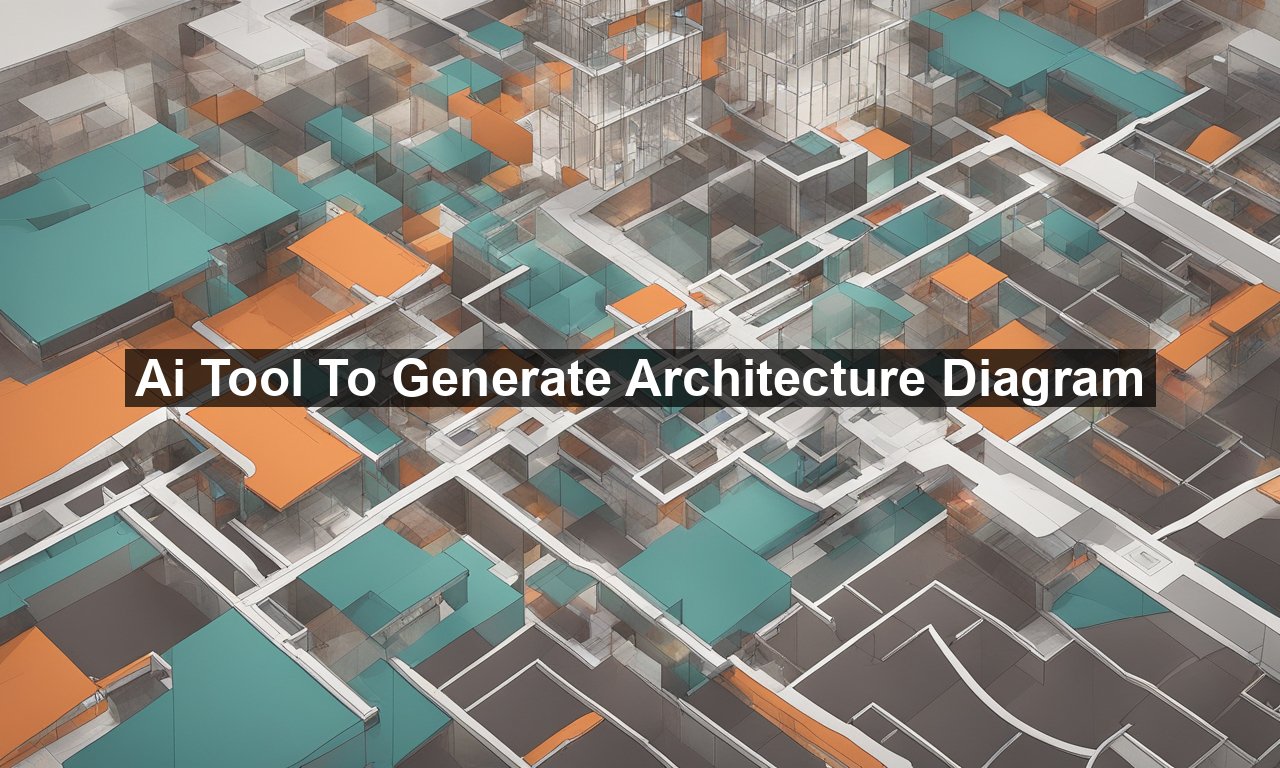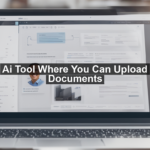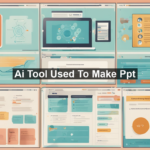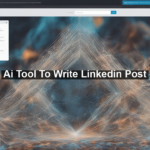Imagine streamlining your project planning and design processes with just a few clicks. Sounds magical, right? That’s precisely the power of AI tools that generate architecture diagrams. These tools are revolutionizing the way we approach architectural design, making it easier for architects, developers, and project managers to visualize and communicate complex systems efficiently. In this blog post, we’ll delve into how these AI-driven tools operate, the benefits they offer, and how you can incorporate them into your workflow.
What Is an AI Architecture Diagram Tool?
Architectural diagrams are essential blueprints for developing intricate systems, whether it be software architecture, building designs, or network layouts. AI architecture diagram tools leverage advanced algorithms to automate the process of creating these diagrams, saving you countless hours of manual work.
How Do These Tools Work?
Most AI architecture diagram tools utilize machine learning and natural language processing (NLP) to understand and interpret user inputs. You simply provide the tool with basic information such as components, relationships, and constraints. The AI then processes this data and generates a detailed diagram that visually represents the architecture.
Why Should You Consider Using AI to Generate Architecture Diagrams?
The benefits of using AI tools for generating architecture diagrams are manifold:
Reduced Resource Consumption
Traditional methods often require dedicated staff to draft and revise architectural diagrams. AI tools free up these resources, allowing them to be deployed elsewhere. This not only improves efficiency but also reduces costs.
Enhanced Collaboration
AI-generated diagrams can be easily shared and edited by team members, fostering better collaboration. Cloud-based tools offer real-time updates, ensuring everyone is on the same page regardless of their location.
Key Features to Look for in AI Architecture Diagram Tools
When selecting an AI tool to generate architecture diagrams, it’s essential to consider certain features:
Popular AI Tools for Generating Architecture Diagrams
There are several reputable AI tools available for generating architecture diagrams. Here are a few that stand out:
Lucidchart
Lucidchart is a versatile diagramming application that uses AI to offer intelligent diagramming features. It allows for detailed customization and real-time collaboration. Lucidchart seamlessly integrates with popular project management tools like Asana and Jira.
Visit Lucidchart’s website to learn more about its features and pricing.
Draw.io
Known for its intuitive design and comprehensive features, Draw.io is a free AI tool that can generate a wide range of diagrams. Its integration with various cloud services makes it a favorite among professionals.
Check out Draw.io for further details and a hands-on experience.
Creately
Creately utilizes AI to assist in drafting accurate and detailed architectural diagrams. It offers numerous templates and collaboration options, making it ideal for team projects.
Explore Creately’s offerings and see how it can fit into your workflow.
Implementing AI Architecture Diagram Tools in Your Workflow
Transitioning to AI tools might seem daunting at first, but the long-term benefits make it a worthwhile investment. Start by identifying the critical areas where you can implement these tools to save time and resources.
Training and Onboarding
Ensure your team is adequately trained to use the new tools. Most platforms offer extensive tutorials and customer support to aid in this transition.
Gradual Integration
Don’t rush the process. Start with minor projects to understand the tool’s capabilities fully. As familiarity grows, you can integrate the tool into more complex projects.
Keep an Open Line of Communication
Encourage team members to share their experiences and challenges with the new tools. Adjust and tweak your approach based on their feedback to maximize efficiency.
Final Thoughts
AI tools for generating architecture diagrams are not just futuristic gadgets; they are practical solutions that can significantly enhance your productivity and accuracy. By choosing the right tool and integrating it effectively into your workflow, you can streamline your design processes, reduce errors, and ultimately deliver superior results.
For those who want to dive deeper, resources such as Gartner’s insights on enterprise architecture or studies on AI applications in architecture provide extensive information.
Embrace the future of architecture and design with AI-driven tools, and watch your projects soar to new heights of efficiency and innovation.











